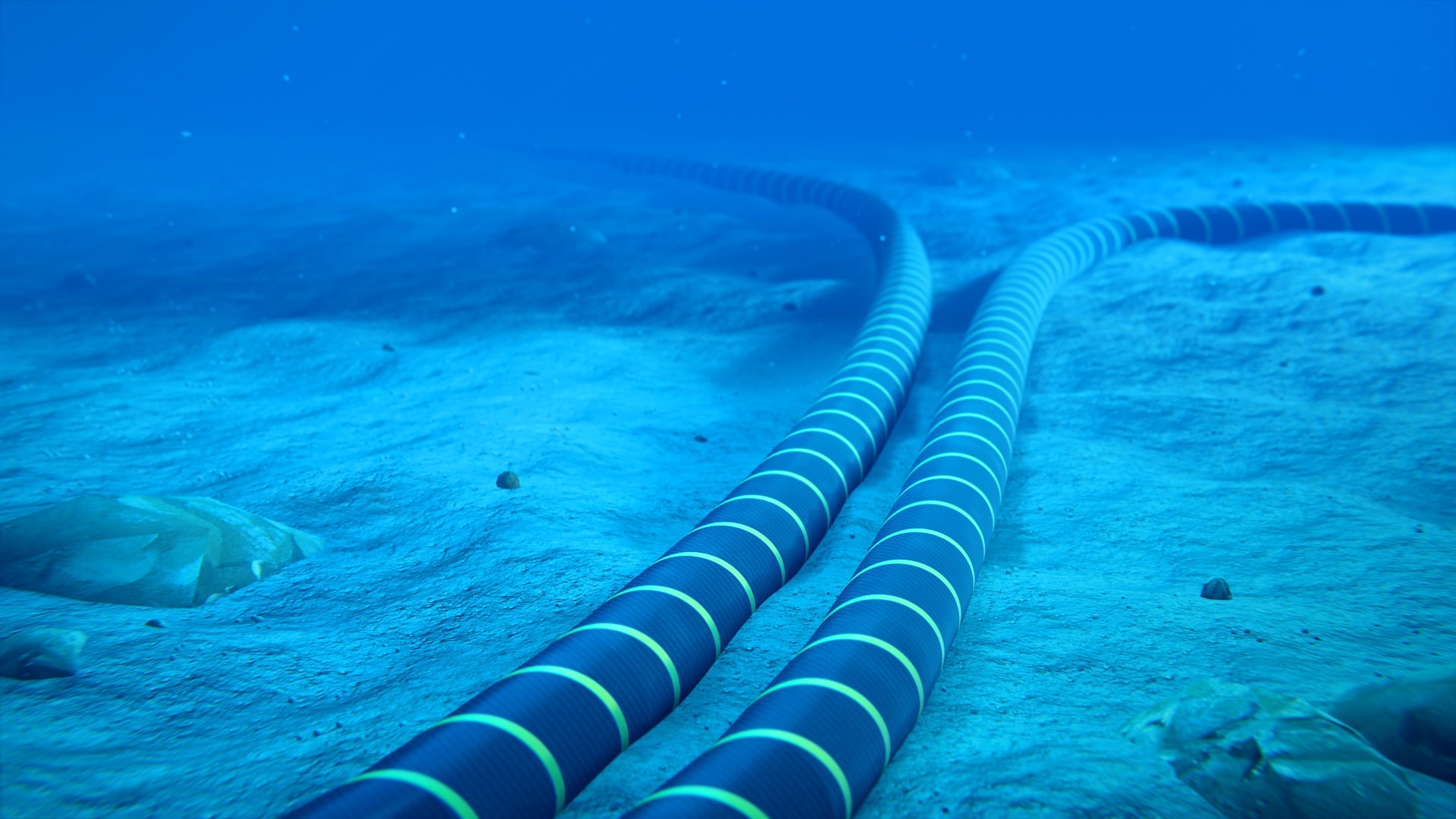RIO DE JANEIRO, BRAZIL – Brazil will have another high-speed internet connection point to Europe. An underwater fiber optic cable will connect the cities of Fortaleza, in Ceará state, to Sines, in Portugal, and will allow for 72 terabits per second data traffic and 60 milliseconds latency.
The anchoring of the cable occurred on Monday, December 14th, at Futuro Beach, and the project is expected to be completed by mid-2021. According to the Ministry of Communications, the cable will still extend to points in Rio de Janeiro and São Paulo, in addition to connections in Africa and other European countries, Atlantic islands and French Guiana.

“We currently have a cable that provides this connection between Brazil and Europe, but with voice, that runs through the United States, but it is now over 20 years old. The useful life of a fiber optic cable that makes this kind of traffic is around 25 years”, explains Minister of Communications Fábio Faria.
The installation of the undersea cable will be performed by a private company, Ellalink, and will cost R$1 billion (US$270 million). The cable is 6,000 kilometers long, and may reach 5 kilometers water depth in some locations. Currently, communication between Brazil and Europe runs through the United States, which doubles the route covered: 12,000 kilometers.
“Brazil is one of the countries that produces the most data in the world, and with 5G we will have an even greater increase. So, we need flow,” completes Faria.
The significance of submarine cables
Submarine cables run underneath stretches of ocean to connect land stations and thereby transmit telecommunication signals over long distances. For this purpose, they are placed on the ocean floor.
These cables are fitted with additional mechanical protection so that they may be installed under water: they typically feature a steel interior and special insulation. They can be metallic, coaxial or optical – the most commonly used today.

